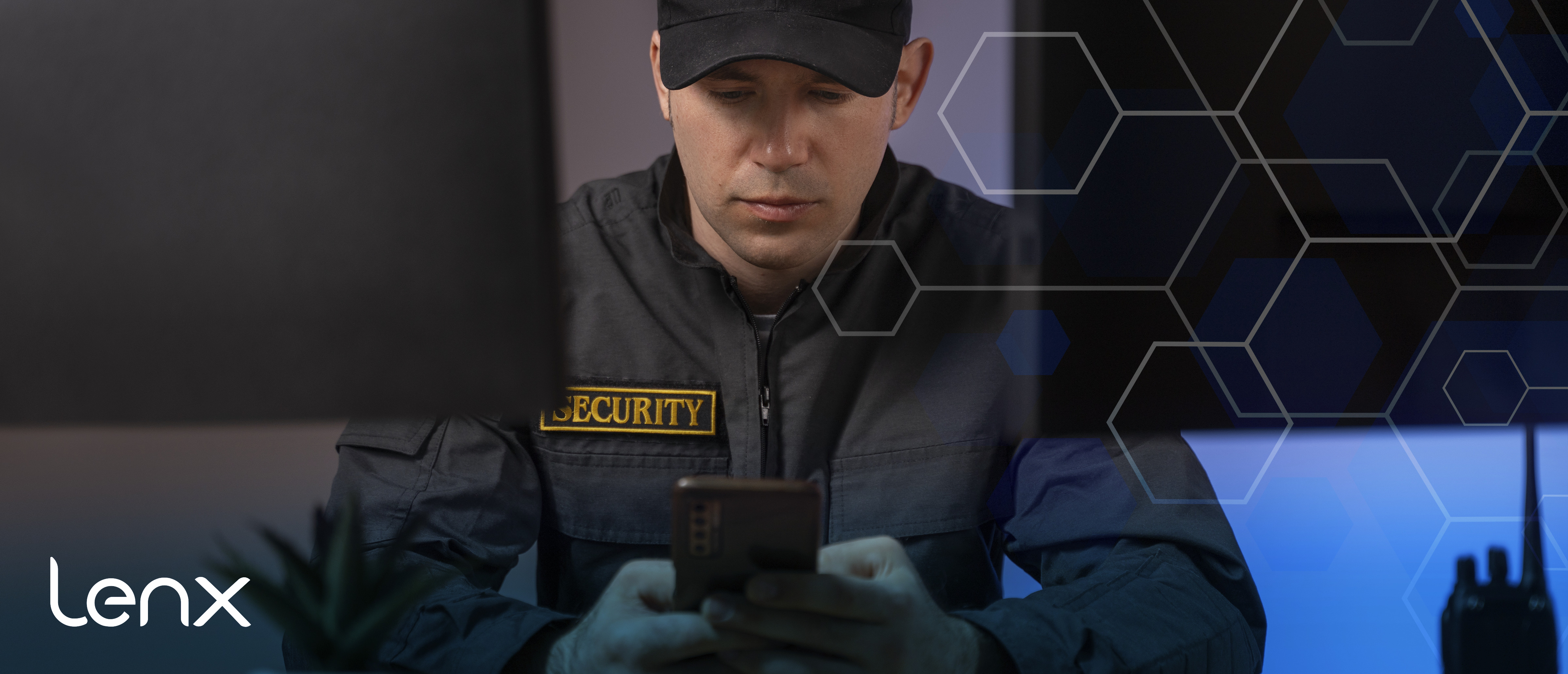
Training Staff On What To Do After AI Security, Gun Detection Sends An Alert
In an era where safety concerns are paramount, AI gun detection systems are becoming increasingly integral to security protocols. These systems are designed to identify the presence of firearms and provide active shooter alerts swiftly. However, the technology is only as effective as the response it prompts. It's crucial that staff members know precisely what actions to take once an AI security app or gun detection system sends an alert. Here's a step-by-step guide to ensure your team is prepared.
Understand the Alert System
Before delving into response protocols, it's essential to understand how your AI security, gun detection, or active shooter alarm system operates. Training should include detailed explanations of the threat detection process, how alerts are triggered, and the various types of notifications that staff may receive. Ensuring that every team member is familiar with the AI safety technology will increase confidence and promote a swift response when necessary.
Immediate Response to Alerts
Upon receiving an alert, the immediate priority is to verify the threat. While AI gun detection systems have advanced significantly, false positives can still occur. A designated team member should be responsible for confirming the alert's validity. Once verified, initiating the active shooter detection protocol is paramount. This typically involves informing law enforcement, initiating lockdown procedures, and communicating with all staff and occupants to take cover or evacuate as per the established emergency plan.
Lockdown Procedures
Lockdown procedures are a critical component of responding to an active shooter alert. Staff must be trained to secure entry points swiftly, turn off lights, and silence mobile devices to reduce the chances of drawing attention to their location. Clear instructions on where to hide or how to barricade themselves should be provided during training sessions.
Evacuation Protocols
In some scenarios, evacuation might be the recommended course of action. Employees should be familiar with all exit routes and have a predefined rendezvous point. Evacuation drills, similar to fire drills, can be invaluable in preparing staff for such an event.
Post-Alert Follow-Up
Once the immediate threat is neutralized, a debrief should occur to evaluate the response's effectiveness. This includes assessing how well staff adhered to protocols, the efficiency of communication during the incident, and the AI security app's performance. Lessons learned from this debrief can help refine procedures and training for future incidents.
Continuous Training
Regular training and refresher courses are essential to keep staff up-to-date with the latest protocols and ensure the information remains top-of-mind. Simulated drills using the active shooter detection system can help staff familiarize themselves with the visuals of an actual alert, reducing panic and promoting a more composed response during a real incident.
AI gun detection and active shooter alarm systems represent significant advancements in security technology. However, technology alone isn't enough to ensure safety. Comprehensive staff training on how to act following an AI security alert is just as crucial. By preparing your team with the knowledge and skills they need, you can enhance the effectiveness of your AI safety measures and ensure a coordinated, calm response to any threats.

